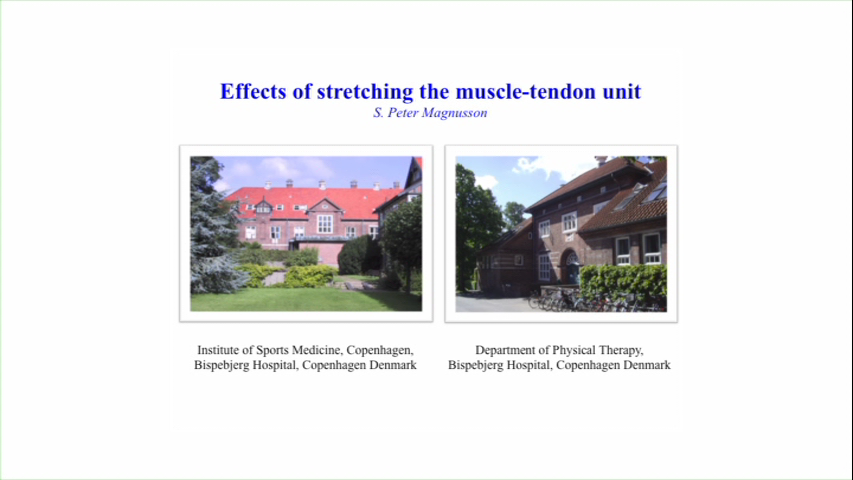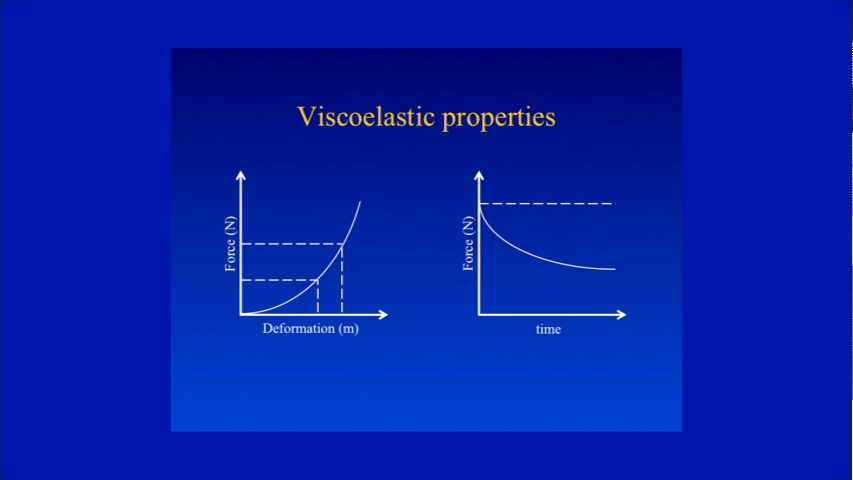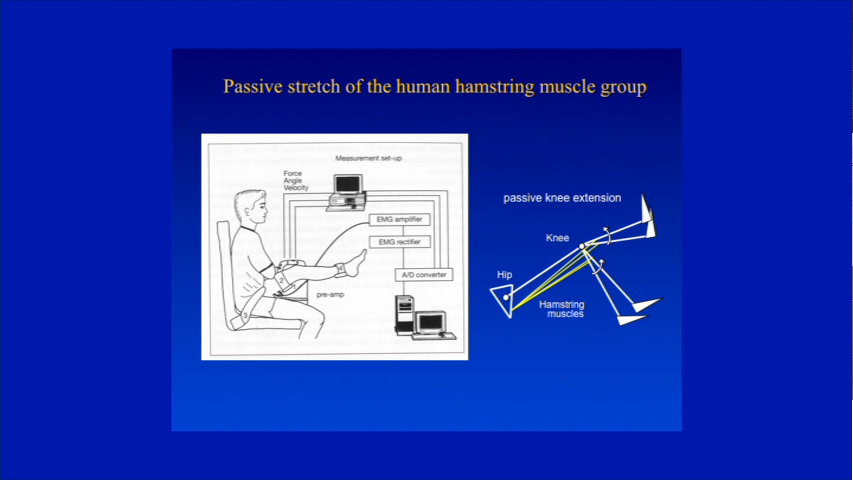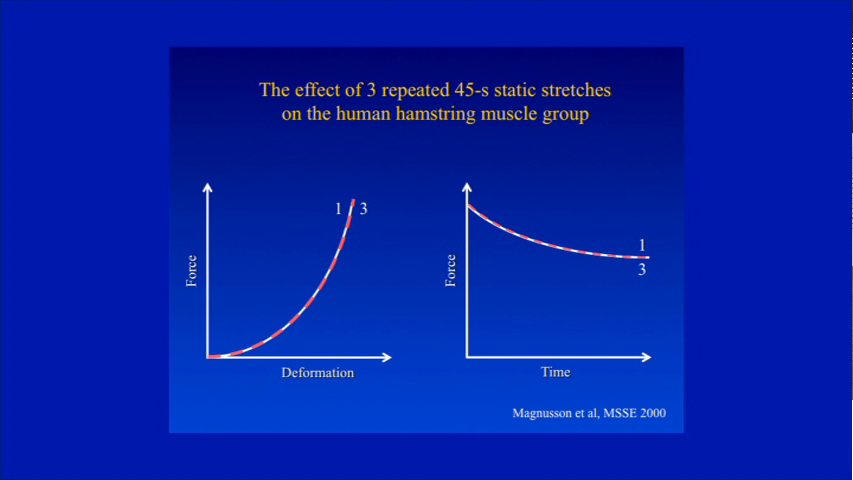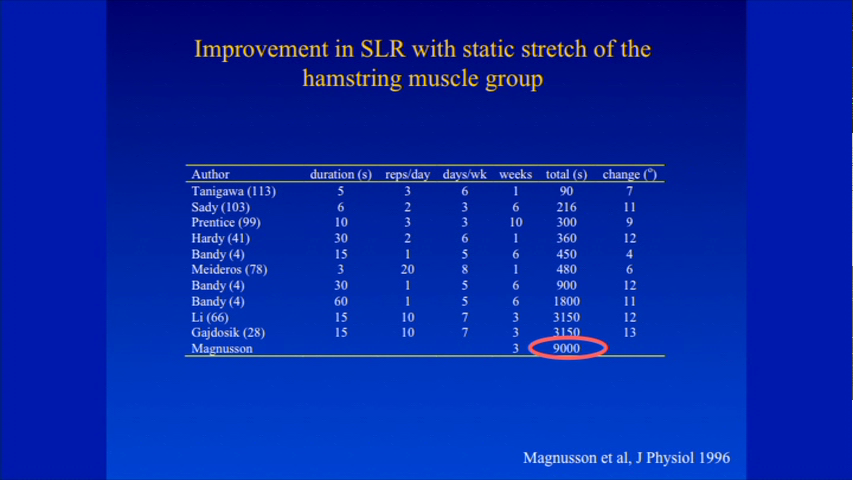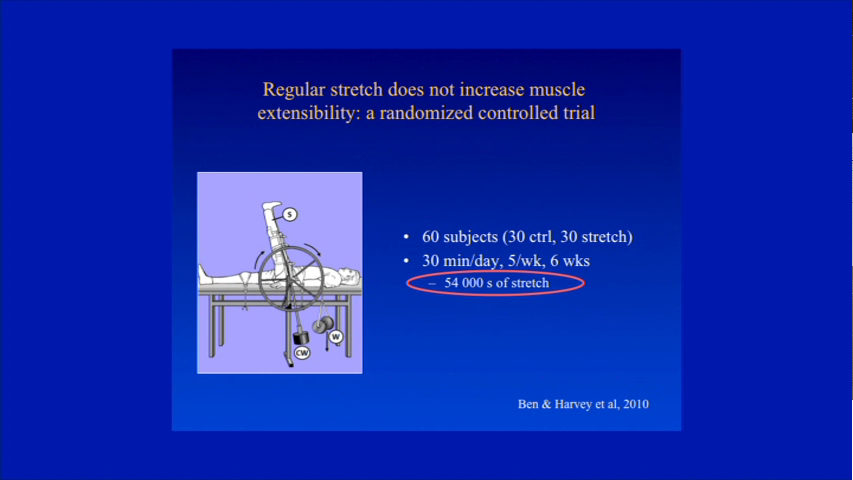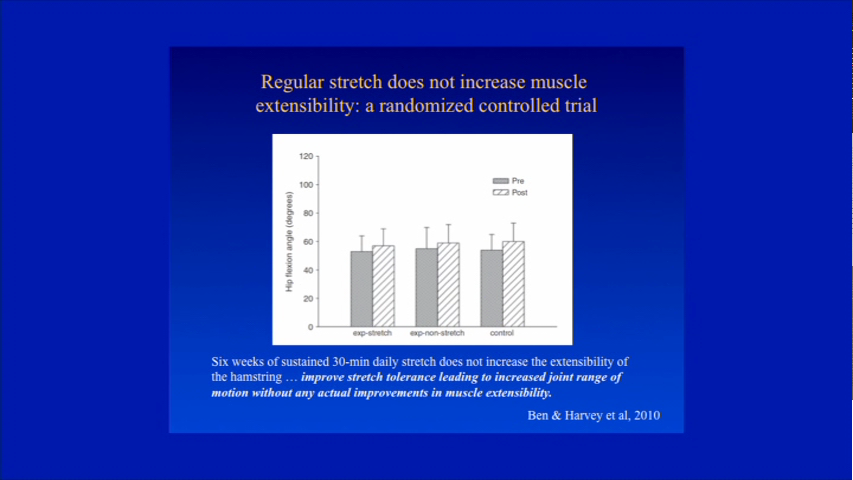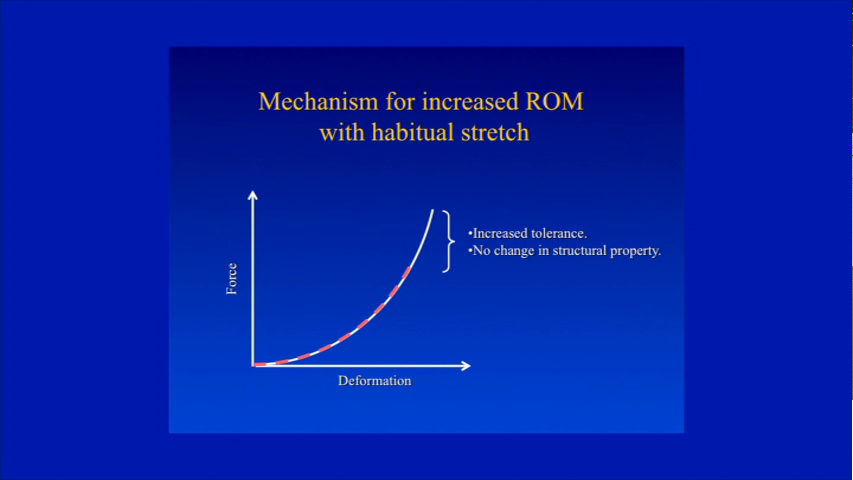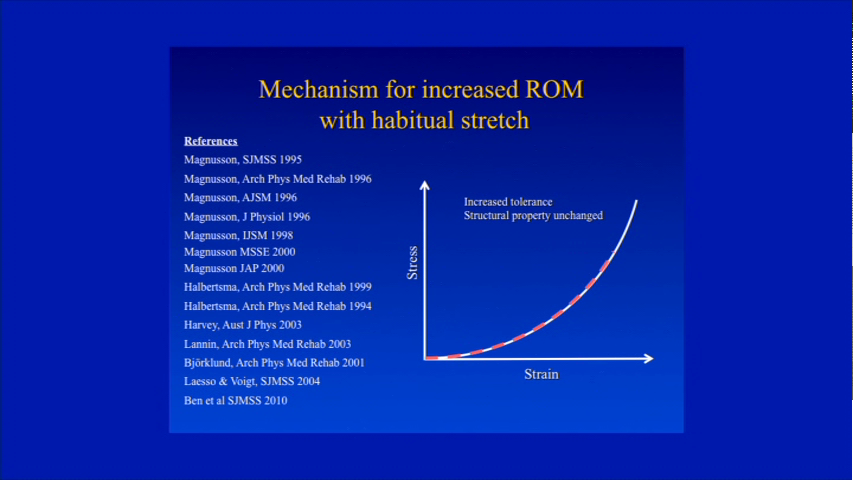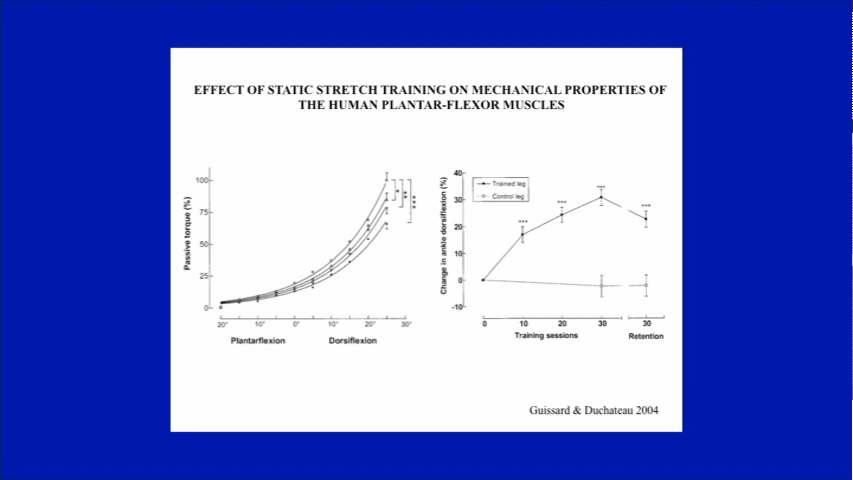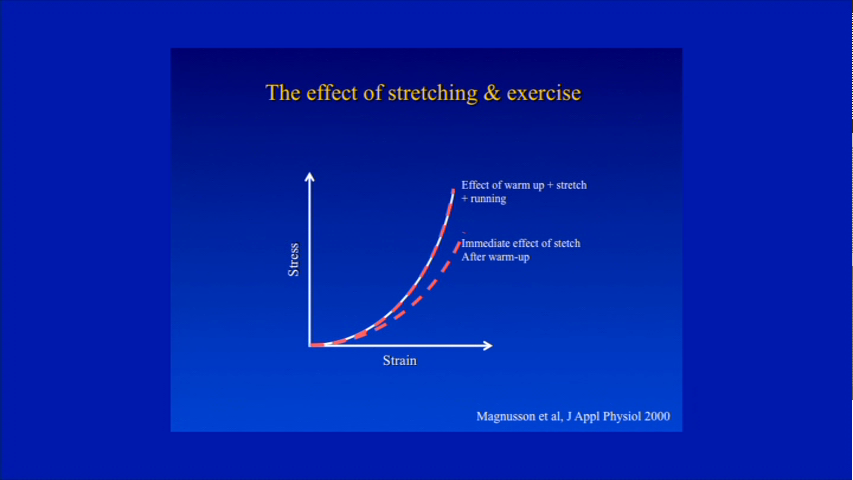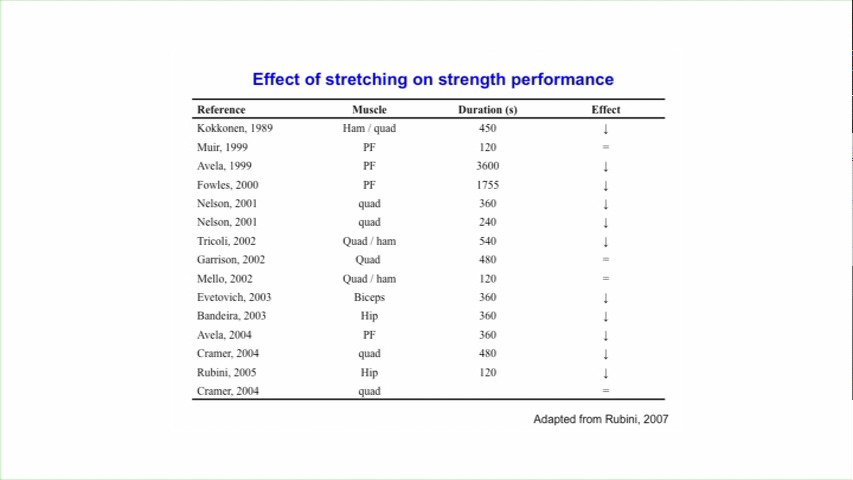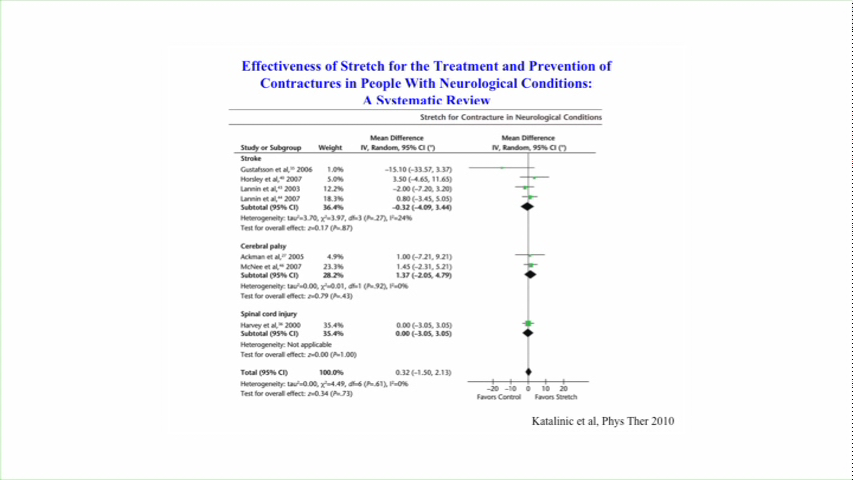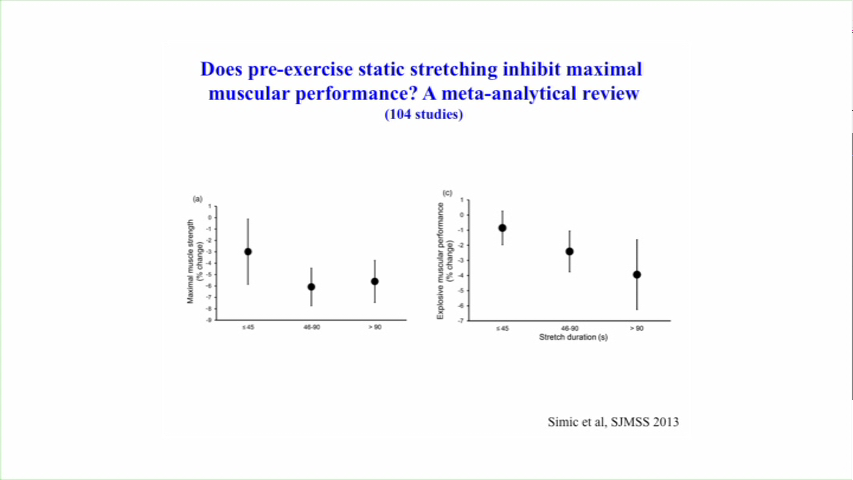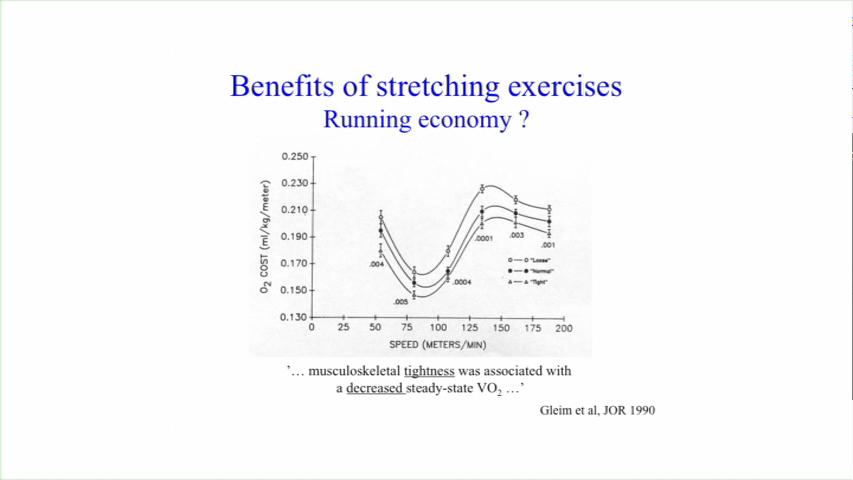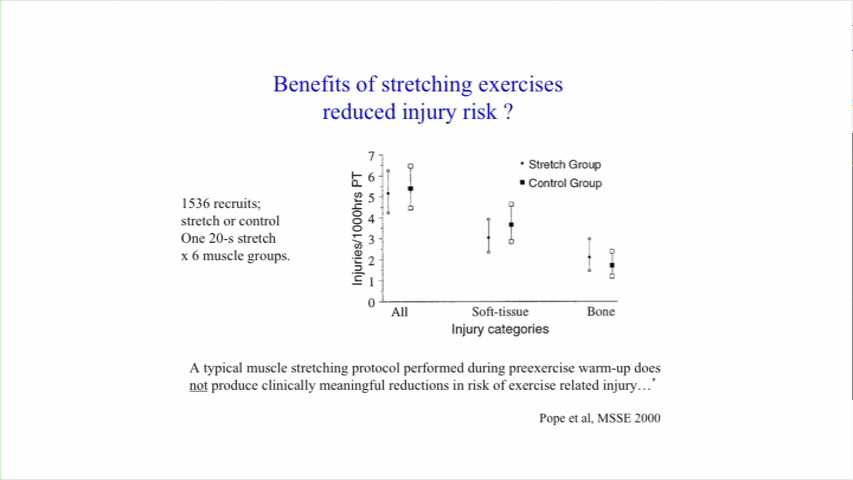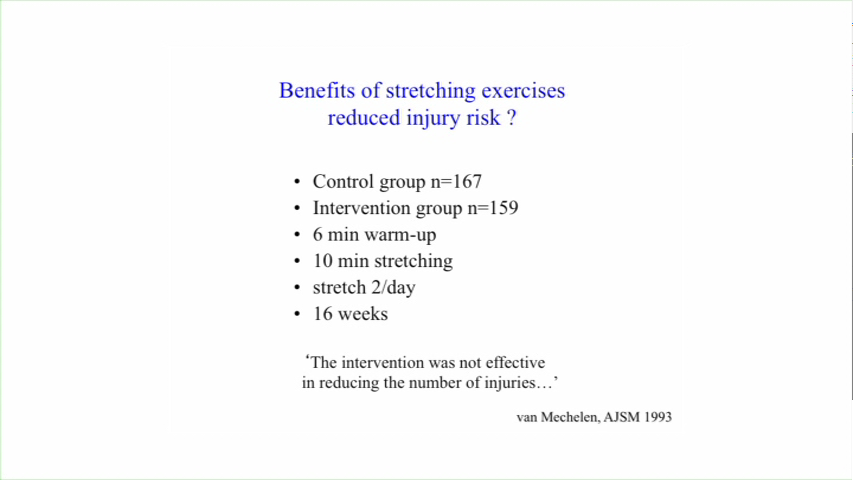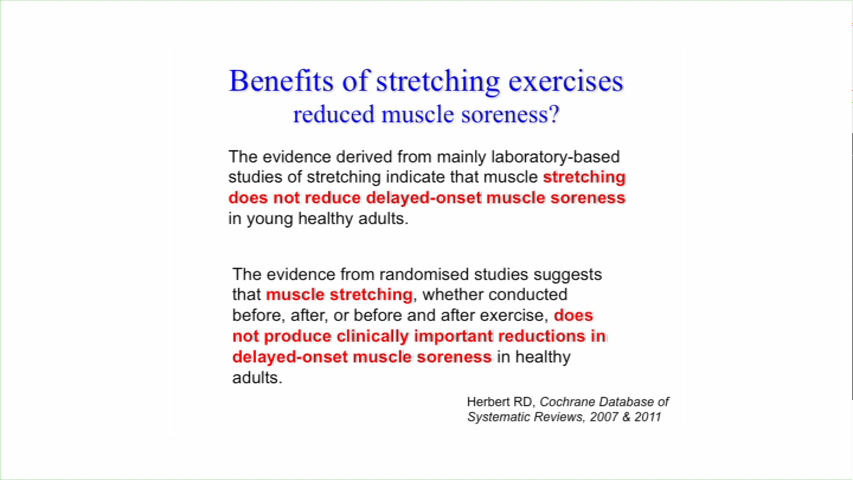The subject of Stretching seems to be a HOT topic these days within the various forums on Facebook.
Topics of discussion range from; What are the myths and trends of stretching? What are we doing? What have we been doing? What are the benefits/detriments of stretching? What tissues are we targeting? Are we really doing anything or is a waste of time? Is one type better than another? Is there a preferred time to stretch? I’ve even seen a long debate comparing the movements/stretching of humans to what cats and dogs do.
Today we live in an ever-expanding understanding of human physiology. Our ability to find research, become more evidence informed, integrate that information into our practices and hopefully improve the quality of our patient’s lives has never been easier.
Many of my followers on facebook have contacted me asking for my opinion/perspective on stretching. Many have asked if I still give out stretches as part of my homecare for patients. Some have asked if I stretch, being an athlete, and if I found any enhancement from stretching pre and post event and so on. So I set out to do my best to answer your questions.
I’ll be the first to admit that I don’t know the answers to the above questions or the many more that others have posed, but I love lurking in the forums, watching the educated banter and discuss the topic. I also love seeing world leading researchers get in front of a video camera, presenting information. My library quickly needs a bigger room.
Rather than give a quick answer based on my own personal opinion, I prefer to take my time, read and watch those who have published, think, think, think, run through the whole process once again and in most cases change my perception and preconceived ideas on the topic… then give my informed personal perception as one answer… not “THE” answer.
From what I’ve seen and read, I quickly realize that what I was taught in college a long time ago wasn’t necessarily all right. It also wasn’t all wrong. I understand that having and educational program that constantly changes and updates it’s self with the most current evidence informed research is a long way away. It does sound appealing though doesn’t it?!
One of the DVD’s sets I’ve enjoyed recently has been the Fascia and Sports Medicine DVD set. You should get it if you haven’t already. There’s some really good information there that you can integrate into your practice immediately.
One video that caught my attention is titled “Effects of Stretching the Musculo-tendinous Unit”
This article is a simply a brief review and synopsis of the information presented in the video.
These are just a few examples of what I was told in my education about stretching. I believed them, as did most others as they were in our textbooks and came out of the mouths of our educators. But are they true?
So, first off the term flexibility needs to be defined.
In 1991 Anderson and Burke defined flexibility as a ROM of a joint or series of joints. In 1995 Gajdosik added to the definition describing it as a physiological phenomenon that requires the simultaneous measurement of the length-tension relationship of muscles…
When we talk about connective tissues, be it muscles or tendons or ligaments, we think in term of their elastic and viscous properties. Hooke’s Law defines elastic by saying the more force you apply the more it deforms. There is a linear relationship between force and deformation. Viscous is defined as the rate of stretch that you apply will influence the force that you see, the greater the rate of application the greater the force
So, this means that if we stretch the musculotendon unit and we apply a force, then we should see a relatively large elongation or deformation in the initial phase, the more we apply force the smaller the deformation will be.
If we think of taking tissue, stretching it to a new length and holding it over a period of time, concerning viscoelastic properties the force or resistance should decline over time.
To save a lot of time and regurgitation of Dr. Magnusson, many studies have been done looking at various FID’s of stretching various muscle-tendon unit groups. Some of the research was done well and some not so well.
The end result is that no matter what FID’s of stretching you perform, what ever minimal amount of slightly longer state you achieve, the tissue length returns to its base line value (starting length) within the hour if not sooner after ceasing stretching.
Dr. Magnusson published a study in 1996 documenting results from subjects performing 9000 seconds of stretching on one hamstring, allowing the non-stretched side to be the control. There was no significant change.
Even after 54,000 seconds of stretching….
There is no increase of muscle extensibility.
Stretching improves joint ROM.
The mechanical properties of the muscle tendon unit do not change. There is more tension placed on the muscle tendon unit which creates an altered tolerance to tensile loading of the muscle, tendon or combination.
So, you improve stretch tolerance and improve your joint ROM.
There have been a lot of studies that also demonstrate that this increase in joint ROM in normal, healthy, able-bodied people is largely a function of your tolerance to the tensile loading.
Even though we don’t permanently change the visco-elastic properties of the musculotendon unit, we do in fact improve joint ROM.
If your goal is to stretch to improve joint ROM you will achieve that goal.
This is important for athletes that require a greater ROM in order to perform their sport, such as hurdlers etc…
To be fair about the overall picture, Dr. Magnusson provides an example of a small amount of research demonstrating a length change to the Gastroc surae complex.
Effects of stretch and exercise
We’ve all seen various sporting teams, stretching before practice or the game. There are running groups everywhere instructing stretch pre and post run. Why? Well here is what the research says.
Stretching combined with warm up, plus 30 minutes of running had “NO” influence on the mechanical properties of the muscletendon unit.
Ok, so stretching pre and post event does nothing to the musculotendinous unit, but remember that it does affect overall joint ROM.
So what I’m feeling while stretching is a false sense of musculotendinous tissue lengthening when in fact my joint tissues are increasing their tolerance for an increased ROM.
My light bulb is a little less dim now, thanks!
But what about those patients of mine that have unfortunately suffered a CNS injury or pathology that creates a state of contracture. What is the effect on them when I stretch their affected areas?
Concerning people with neurological conditions with contractures, stretching is not able to significantly influence the contractures condition. So basically the same effect of increasing joint ROM without affecting the musculotendinous unit.
Fascia and Stretching
One aspect that this video doesn’t address is the effect of stretching on Fascial tissues. We’ve all been told that fascia responds more similarly to smooth muscle concerning contraction of tissues and Fascia has visco-elastic properties, so… time to investigate and read more from those doing the research. Any help here is much appreciated!
Breaking Down the Myths of Stretching
Stretching Helps Increase Strength – NO
Numerous studies have proven over and over again that the opposite is true.
You decrease strength if you stretch before your event or activity. Stretching coupled with warm up and 30 minutes of running has no influence on the mechanical properties of the muscle-tendon unit.
Concerning people with neurological conditions with contractures, stretching is not able to significantly influence the contracture condition.
The longer you stretch the more you will see a decline in your performance.
Stretching does not improve your economy of motion.
It can possibly have a detrimental effect of causing you to use MORE energy during your longer distance events. Time to educate some running businesses and coaches.
Stretching on it’s own does not change your injury risk. It doesn’t make you more or less prone to injury.
But I KNOW that my muscles feel better later if I stretch than when I don’t stretch!
NOPE! The evidence indicates that stretching does not reduce delayed onset muscle soreness (DOMS).
Summary and Some Points To Ponder
Going back to the first slide dealing with some Myths and Trends
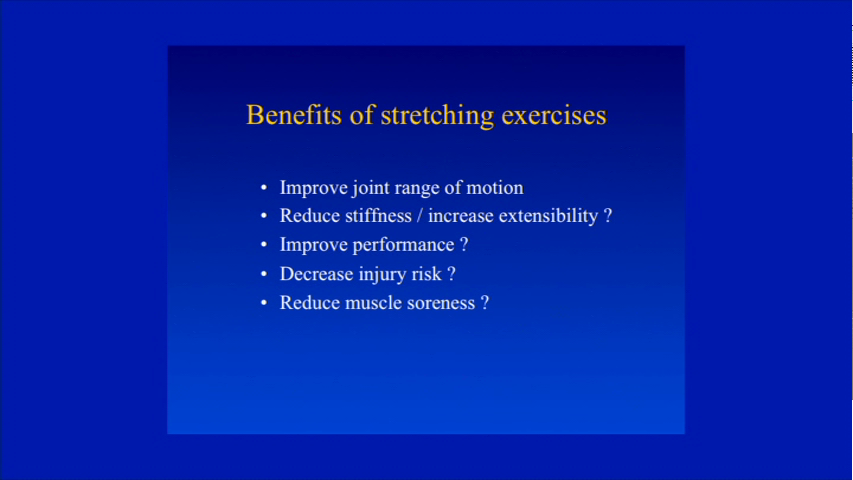
Stretching Improves Joint ROM? – YES
Stretching improves joint ROM, the mechanical properties of the muscle tendon unit do not change
You improve stretch tolerance, improving your joint ROM.
Basically this is a false sense of musculotendinous tissue lengthening when in fact the joint tissues are increasing their tolerance for an increased ROM.
If your goal is to stretch to improve joint ROM you will achieve that goal.
Stretching Reduce Stiffness/Increases Extensibility – NO
There is no permanent change of the elastic or visco-elastic properties of the musculotendon unit.
Concerning people with neurological conditions with contractures, stretching is not able to significantly influence the contracture condition.
Stretching Improves Performance – NO
The longer you stretch the more you will see a decline in your performance. Stretching pre-event has actually been shown to make you use MORE energy to complete your event.
Stretching Decreases Your Risk Of Injury – NO
Stretching does not change your injury risk.
Research has shown thought that when used in combination with other protocols though such as using optimum equipment, taping, controlled rehabilitation, prevention of ligament instability, proper warm up and cool down, there have been slight improvements to risk prevention.
Stretching Reduces Muscle Soreness – NO
There is no evidence to suggest that stretching reduces delayed onset muscle soreness.
So Now What?
Is everything I/we told our patients’ incorrect? It kind of is isn’t it? But it was done with the best of intentions and with the education/information that was provided to us at that time.
So Now With This NEW Information What Do We Do?
We change according to it. Since being educated with this information, my discussions with my patients concerning stretching has changed significantly. No longer do I educate them to perform stretching to increase their muscle length, we do it to increase joint ROM.
I no longer tell my athletes to stretch pre event. I prefer to have them “warm up” per se, performing activities similar to their sport. I’m not even sure if “warming up” is appropriate any longer since we know that there is a marginal increase of tissue temperature after exercise. I think it’s more of a psychoemotional-neurohormonal connective tissue state change that gives us the sense of “warming up”, just as stretching gives us the false sense of musculotendinous length change.
If you have a muscle cramp (instrinsic or extrinsic) is it still good to give stretching advice to minimize the cramp? I think so in these acute situations, but once again, concerning chronic contractures, the evidence states that there is no effect.
But If Stretching Feels Good, Should I Stop Or Keep Stretching?
As an athlete, I can personally say that stretching feels good to me. I’m going to keep doing it, but now with the updated knowledge of what is happening and what is not, when it’s appropriate and when it’s not.
Once again, I think that we have more questions than answers, but with this information, we can better help our patients in improving their quality of life.
